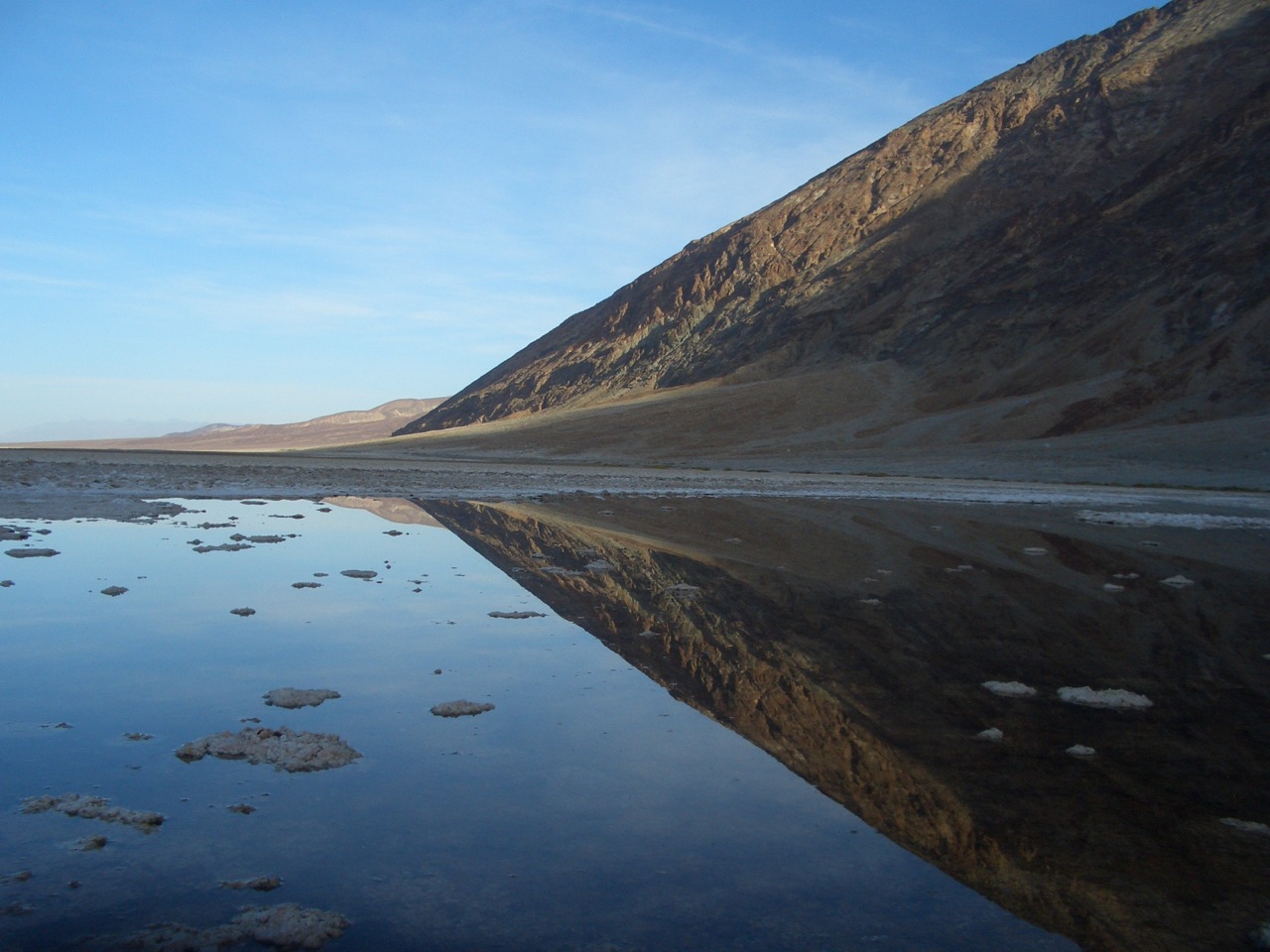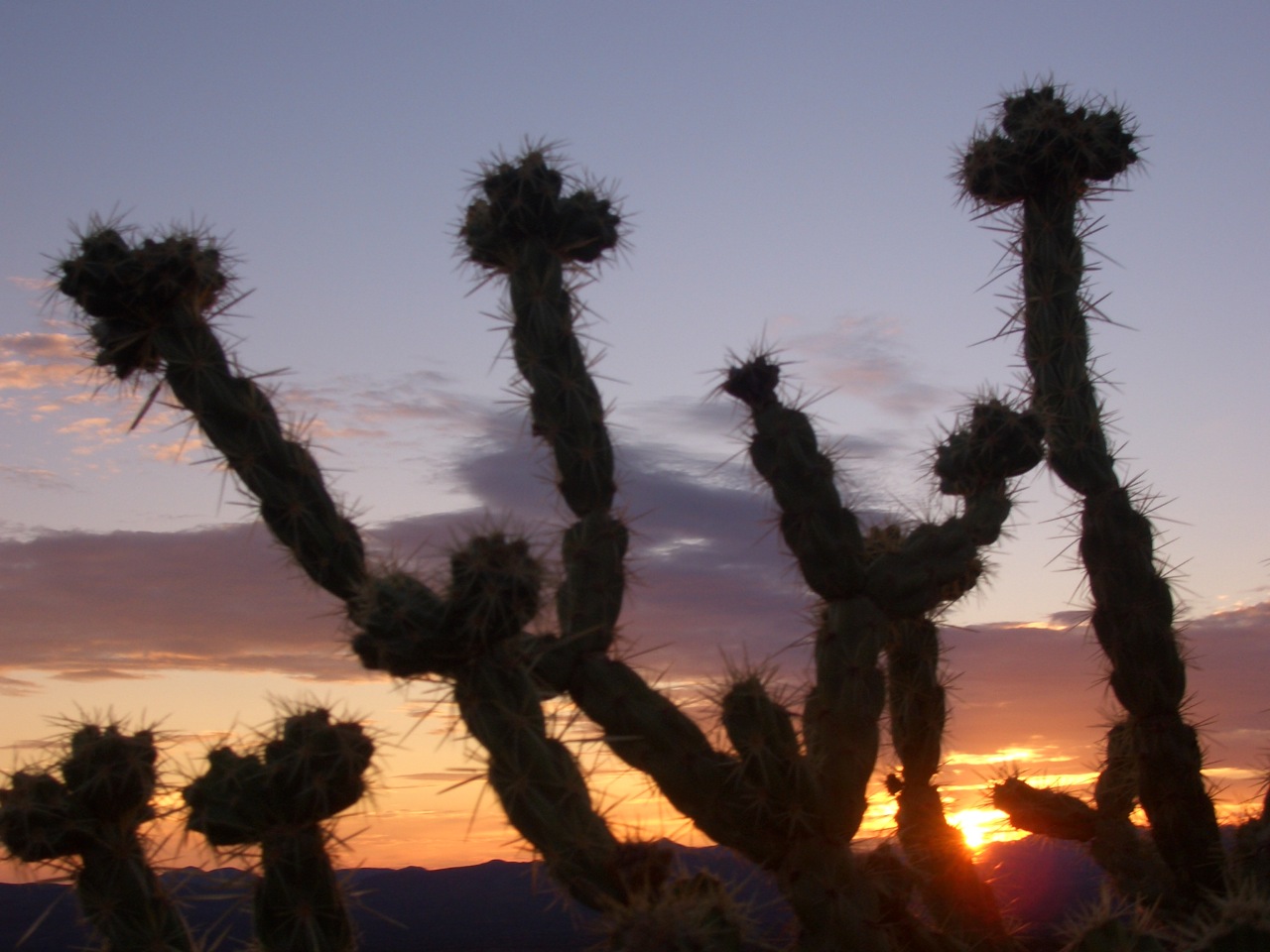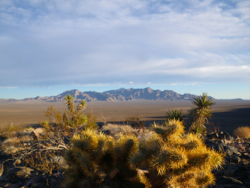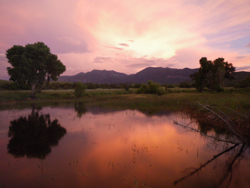Kate S. Boersma
 Research |
 Teaching |
 Publications |
 CV |
KATE S. BOERSMA, Ph.D.
University of San Diego
Department of Biology
5998 Alcala Park, San Diego, CA 92110
kateboersma@gmail.com
Google Scholar page
@kateboersma
EMPLOYMENT
2016-Present, Assistant professor, University of San Diego, San Diego, CA
2015-2016, Visiting assistant professor, University of San Diego, San Diego, CA
EDUCATION
2014-2015, University of San Diego, San Diego, CA
Postdoctoral researcher
Supervisor: Adam Siepielski
2007-2013, Oregon State University, Corvallis, OR
Ph.D. Zoology
Committee: David Lytle, Selina Heppell, Alix Gitelman, Stevan Arnold
Dissertation title: Direct and indirect effects of drought on aquatic invertebrate communities in fragmented arid-land streams
2005-2007, Oregon State University, Hatfield Marine Science Center, Newport, OR
M.S. Fisheries Science
Advisors: Selina Heppell and Clifford Ryer
1999, Universidad Nacional Autónoma, Heredia, Costa Rica, C.A., Study Abroad
1997-2001, Northwestern University, Evanston, IL
B.A. Environmental Science, Spanish
FELLOWSHIPS AND RESEARCH GRANTS
Ganio, L.M., Lachenbruch, B., Boersma, K.S., and Kavanaugh, M.T., NSF ADVANCE Subaward, Women in Science FORWARD to Professorship, 2011, $9,995. This grant will finance a three-day career advancement workshop for women postdocs and early faculty in biology, ecology and earth sciences disciplines to be held in April 2012. I wrote the proposal with feedback from fellow student Maria Kavanaugh, and Drs. Lisa Ganio and Barbara Lachenbruch provided revisions and logistical support.
Boersma, K.S., National Park Service George Melendez Wright Climate Change Fellowship, 2010, Climate-induced top predator extinctions affect aquatic community structure in arid headwater streams, $8,693.
Boersma, K.S., World Wildlife Fund Fuller Doctoral Fellowship, 2010, Arid headwater stream community ecology, $15,000.
Boersma, K.S., Zoology Research Fund, 2010, Climate-induced top predator extinctions, $500.
Boersma, K.S., Zoology Research Fund, 2009, Interactive effects of habitat fragmentation and top predator removal on community structure in arid headwater streams, $500.
Boersma, K.S., American Museum of Natural History Theodore Roosevelt Memorial Fund, 2009, Interactive effects of habitat fragmentation and top predator removal on community structure in arid headwater streams, $1,500.
Boersma, K.S., Sigma Xi, 2009, Interactive effects of habitat fragmentation and top predator removal on community structure in desert streams, $400.
Boersma, K.S. and Ryer, C.H., Markham First Year Student Award, 2005, Foraging and predation risk in flatfishes, $10,000.
AWARDS
Best presentations
Buell Award for Best Student Presentation, Ecological Society of America, 2012
Best Student Presentation, Ecological Society of America, Aquatic Section, 2012
Best Student Presentation, Desert Fishes Council Meeting, 2010
Best Presentation, Biology Graduate Student Symposium, 2009
Merit-based awards
Herbert F. Frolander Award for Outstanding Graduate Teaching Assistant, 2012 - $1000
Oregon Lottery Scholarship, 2012, $5000
Competitive travel awards
OSU College of Science Student Travel Award, 2011, $500
Biodiversity and Management of the Madrean Archipelago III Meeting Travel Award, 2012, $500
Student Travel Award, Desert Fishes Council Meeting, 2010, $200
Ecological Society of America, Aquatic Ecology Student Travel Award, 2008, $200
Desert Fishes Council, Student Travel Award, 2008, $200
Ecological Society of America, Student Travel Award, 2008, $200
PEER REVIEWED PUBLICATIONS
Boersma, K.S., Nickerson, A., Francis, C.D., and A.M., Siepielski. In press. Climate extremes are associated with invertebrate taxonomic and functional composition in mountain lakes. Ecology and Evoution.
Boersma, K.S., Dee, L.E., Miller, S.J., Bogan, M.T., Lytle, D.A., and A.I. Gitelman. 2016. Linking multidimensional functional diversity to ecological theory: A graphical hypothesis-driven framework. Ecology, 97: 583-593.
Siepielski, A. M., E. Fallon, and K.S. Boersma. 2016. Predator olfactory cues generate a foraging-predation trade-off through prey apprehension. Royal Society Open Science, 3:150537.
Kavanaugh, M.T., Boersma, K.S., Close, S., Ganio, L., Hooven, L. and B. Lachenbruch. 2016. Advancing Toward Professorship in Biology, Ecology and Earth System Sciences. In FORWARD to Professorship in STEM: Inclusive Strategies That Work. C. Mavriplis, P. Sabila and S. Heller (Eds). Elsevier Press.
Piacenza, S.H., Barner, A., Benkwitt, C., Boersma, K.S., Cerny-Chipman, E., Ingemann, K., Kidinger, T., Lindsley, A., Nelson, J., Reimer, J., Rowe, J., Shen, S., Thompson, K., Thurman, L. and S.S. Heppell. 2015. Complex patterns and variation of benthic biodiversity a large marine ecosystem. PLOS ONE, 10:e0135135.
Piacenza, S.H., Thurman, L.L., Barner, A.K., Benkwitt, C.E., Boersma, K.S., Cerny-Chipman, E.B., Ingemann, K.E., Kidinger, T.L., Lindsley, A.J., Nelson, J., Reimer, J.N., Rowe, J.C., Shen, C., Thompson, K.A., and S.S. Heppell. 2015. Evaluating temporal consistency in biodiversity hotspots. PLOS ONE, 10:e0133301.
Schriever T.A., Bogan M.T., Boersma K.S., Cañedo-Argüelles M., Jaeger K.L., Olden J.L. and D.A. Lytle. 2015. Hydrology shapes taxonomic and functional structure of desert stream invertebrate communities. Freshwater Science, 34: 399-409.
Cañedo-Argüelles M., Boersma, K.S., Bogan M.T., Olden, J.D., Phillipsen I., Schriever, T.A., and D.A. Lytle. 2015. Dispersal strength determines meta-community structure in a dendritic riverine network. Journal of Biogeography, 42: 778-790.
Bogan, M.T., Boersma, K.S., and D.A. Lytle. 2015. Increasing drought variability generates novel aquatic invertebrate communities: Insights from long-term studies in an arid-land stream system. Invited contribution to Freshwater Biology Special Issue Extreme Climatic Events: Impacts on Freshwater Ecosystems edited by M. Ledger and A. Milner.
Boersma, K.S. and D.A. Lytle. 2014. Long distance drought escape behavior in a flightless aquatic insect, Abedus herberti (Hemiptera: Belostomatidae). Southwestern Naturalist, 59: 301-302.
Beck, C., Middendorf, G., Tysor, C.S., and K.S. Boersma. 2014. The changing face of leadership in the Ecological Society of America: Women and minorities in ecology. Frontiers in Ecology and the Environment, 12: 434-436.
Boersma, K.S., Bogan, M.T., Henrichs, B.A., and D.A. Lytle. 2014. Arid-land stream pool invertebrates demonstrate high resistance and functional redundancy to severe drying. Freshwater Biology, 59: 491-501.
Boersma, K.S., Bogan, M.T., Henrichs, B.A., and D.A. Lytle. 2014. Top predator removals have consistent effects on large species despite high environmental variability. Oikos, 123: 807-815.
Bogan, M.T., Boersma, K.S., and D.A. Lytle. 2013. Flow intermittency alters longitudinal patterns of invertebrate diversity and assemblage composition in an arid-land stream network. Freshwater Biology, 58: 1016-1028.
Bogan, M.T. and K.S. Boersma. 2012. Aquatic invertebrate aerial dispersal traits along and inland from aridland streams. Freshwater Science, 31: 1131-1144.
Ryer, C.H., Boersma, K.S. and T.P. Hurst. 2011. Growth and distributional correlates of behavior in three co-occurring juvenile flatfishes. Marine Ecology Progress Series, 460: 183-193.
Boersma, K.S., Ryer, C.H., Hurst, T.P., and S.S. Heppell. 2008. Influences of divergent behavioral strategies on risk allocation in three species of north Pacific flatfishes. Behavioral Ecology and Sociobiology 62(12): 1959-1968.
Ryer, C.H., Lemke, J.L, Boersma, K.S., and S.J. Levas. 2008. Adaptive coloration, behavior and predation vulnerability in three juvenile north Pacific flatfishes. Journal of Experimental Marine Biology and Ecology 359(1): 62-66.
SELECTED PRESENTATIONS
Boersma, K.S., Lytle, D.A., and Bogan, M. T. Top predators vs the abiotic environment: What determines community structure in arid-land streams? Ecological Society of America, August 7-12, 2011, Austin, TX.
Boersma, K.S., Lytle, D.A., and Bogan, M. T. Top predators vs the abiotic environment: What determines community structure in arid-land streams? North American Benthological Society, May 22-27, 2011, Providence, RI.
Boersma, K.S. and Lytle, D.A. Climate-induced predator extinctions modify aquatic community structure in arid headwater streams. The 2011 George Wright Society Biennial Conference on Parks, Protected Areas, and Cultural Sites: Rethinking Protected Areas in a Changing World, March 14–18, 2011, New Orleans, LA.
Boersma, K.S. and Bogan, M. T. Predators, abiotic factors, and community structure: An old story with a new twist. Desert Fishes Council Meeting, November 18-21, 2010, Moab, UT.
Boersma, K.S. and Lytle, D.A. Evidence for overland dispersal in a flightless aquatic insect. North American Benthological Society, June 6-10, 2010, Santa Fe, NM.
Boersma, K.S. and Lytle, D.A. Habitat partitioning through ontogeny: giant water bugs in arid headwater streams. Ecological Society of America, August 3-7, 2009. Albuquerque, NM.
Boersma, K.S., Ryer, C.H., Hurst, T.P., and Heppell, S.S. Divergent anti-predator strategies and risk allocation in juveniles of three North Pacific flatfishes. Ecological Society of America, August 3-8, 2008, Milwaukee, WI.
SERVICE AND OUTREACH ACTIVITIES
Professional service
Awards committee member, American Naturalist Student Research Award, 2011-present.
Advancing Toward Professorship in Biology, Ecology and Earth System Sciences (ATPinBEESS) Committee Chair, 2011-present: I led a committee of 6 women in administering a NSF subaward to develop a 2-day professional development workshop for postdocs and early faculty. Our workshop took place April 9-11, 2011, and welcomed 33 women from around the country for a program that included skills development sessions and a mock tenure panel. This extremely rewarding task entailed a commitment of ~10h/wk for 8 months and culminated in a poster presentation at a national meeting and a manuscript in preparation. The complete program can be found at: http://atpinbeess.forestry.oregonstate.edu/.
Reviewer for: The American Naturalist, Ecological Applications, Limnology and Oceanography, Journal of Applied Ichthyology, Biodiversity and Conservation.
Book proposal review: What Editors Want: An Author’s Guide to Journal Publishing, University of Chicago Press, 2010.
Student liaison, American Society of Naturalists, 2010-2012.
University service
Committee chair, Graduate Student Invited Speaker Committee, 2010.
Committee member, Graduate Student Invited Speaker Committee, 2007-2009.
Participant, Oregon Women in Higher Education Conference, 2009.
Volunteer, Ecological Society of America Meeting, 2008.
Founder, Oregon State University’s Women in Science organization, 2007. OSU WIS provides support and professional development for students, staff and faculty working in diverse scientific disciplines at the university. After 5 years, the organization boasts a membership of over 200, and is coordinated by an elected executive board.
Moderator, Oregon Branch American Fisheries Society Meeting, 2006.
Outreach
Science and Nature in Tandem for Youth (SANITY), Tucson High Magnet School, 2008-Present. I mentor students participating in a 10-day internship program held every summer at the Southwest Research Station, Portal, AZ. Students learn basic field study techniques and protocols, develop a research question, design and execute a field study, and present their results to an audience of peers and scientists.
TEACHING EXPERIENCE
Co-Instructor, Z599 Scientific Teaching and Laboratory Design, Winter Term, 2011.
Teaching Assistant, Z477/577 Aquatic Entomology, Winter Term, 2011, 2012, 2013.
Instructor, Z341 Human Anatomy and Physiology, Fall Term, 2010, 2011.
Mentor Teaching Assistant, BI21X Introduction to Biology, Fall-Winter Terms, 2009, 2010.
Teaching Assistant, BI21X Introduction to Biology, Fall-Winter Terms, 2007-2008.
Lead Instructor, Pacific Marine Science Camps, Oregon Museum of Science and Industry, 2002-2005.
OTHER TEACHING COURSEWORK AND ACCOMPLISHMENTS
Winter 2013-present, Graduate Teaching Assistant, Oregon State University Graduate School appointment, working with the Dean of the Graduate School to develop a new Graduate Certificate in College and University Teaching, including constructing application materials, publicizing the certificate to current graduate students, reviewing applications, designing orientation materials, and welcoming the inaugural cohort Fall 2013.
Fall 2011, in conjunction with Dr. Devon Quick and graduate student Lindsay Biga, I redesigned the electromyography curricula for the Z341 Human Anatomy and Physiology course. The new material allows students to learn a procedure and then apply their learning to create and test hypotheses on the relationship between muscle function, force and electromyogram output.
April 15, 2011, OSU Center for Teaching and Learning Workshop, Bill Robertson, “Engaging Students to Promote Critical Thinking”, Corvallis, OR.
April 2, 2011, Willamette Valley Biological Education Network Workshop, “New Biology: From Courses to Competencies”, Gresham, OR.
Fall 2009, Along with colleague Kaitlin Bonner, I developed a new inquiry-based Scientific Methods Laboratory for the Biology 212 series. In this teaching unit, students learn about the scientific method by inventing, designing and carrying out an experiment during the laboratory period. It includes activities directed at multiple learning styles and involves both self-assessment and peer evaluation. The lab was tested with a subset of students during summer 2010 and was implemented program-wide in January 2011 for a total enrollment of 1200 undergraduates.
Fall 2009-Winter 2010, I was a Mentor Teaching Assistant for the Introductory Biology 200 series. In this invited role, I helped new teaching assistants gain skills for engaging students, creating a welcoming classroom environment, and developing curricula to foster diversity in the classroom.
Fall 2009, Z599 Scientific Teaching and Laboratory Design.
Winter 2009, AHE507 GTA Training and Development.
Winter 2008, MB699 Success in the College Classroom.
October 17, 2008, Center for Teaching and Learning Workshop, Learning Styles and Learning Perspectives.
March 14-15, 2004, Participant, “Workshop for Coordinating and Advancing Field-Based Marine Science Education in Puget Sound: Creating a vision for the future.” Seattle, WA.
November 2003, Designed new high school science programming for the Oregon Museum of Science and Industry, including a week-long field course, Island Biogeography.
GUEST LECTURES AND INVITED PRESENTATIONS
Departmental seminar, Department of Zoology, OSU, “Top predator extinctions in arid-land streams: Do classic ecological principles hold under extreme environmental conditions?”, February 2013.
Departmental seminar, Department of Fish and Wildlife, OSU, “Top predator extinctions in arid-land streams: Do classic ecological principles hold under extreme environmental conditions?”, January 2013.
Z477/577 Aquatic entomology, OSU, “Drought in aquatic systems,” February 2012.
FW107 Introduction to Fisheries and Wildlife, OSU, “Tales of an aquatic ecologist,” November 22, 2011.
BI370 Ecology, Species interactions and trophic cascades, August 2011.
Stream Team, Oregon State University, Predicting the consequences of top predator losses in fragmented arid-land streams, January 2011.
Public Presentation, Toe-biters in the Chiricahuas: cannibalism, dispersal and climate change, Southwestern Research Station, Portal, AZ, June 2010.
Z477/577 Aquatic Entomology, Dispersal in aquatic organisms, January 2011.
Z477/577 Aquatic Entomology, Trophic ecology, February 2011.
AHE599 GTA Training and Development, Engaging students using iClicker, October 2010.
OTHER RESEARCH EXPERIENCE
Coordinator, San Juan Island Research Team, San Juan Island, Washington, 2004. Planned and supervised high school marine invertebrate research teams, guided student research projects including instruction on equipment preparation, species identification and tracking, and data collection, interpretation, and presentation.
Thistle Monitoring Project, San Juan Island National Historical Park, 2001-2004. Planned and executed monitoring and removal of Canada and bull thistles (Cirsium arvense, Cirsium vulgare) in the National Park in accordance with research protocols; trained students in data collection techniques, species identification, and invasive removal; compiled, submitted and presented data to the National Park Service and the Oregon Museum of Science and Industry.
Bat Population Study, San Juan Island National Historical Park, 2004. Monitored population of Myotis lugifugus, Eptesicus fuscus, and Myotis yumanensis in maternal roosts at the San Juan Island National Historic Park using mist netting and ultrasonic detection equipment, coordinated with National Park Service staff to review data and discuss options for the future of bat roosts in the park.
Undergraduate Research Project, The Mesoamerican Biological Corridor, 1999-2001. Examined terrestrial reserve theory and its application to conservation efforts in Central America, met with researchers in Costa Rica, C.A. to determine the viability of corridor projects to attain regional preservation goals
ADDITIONAL SKILLS
Spanish language fluency
Wilderness First Responder, CPR, Basic First Aid, and Lifeguard certified
Oregon State Class B Commercial Drivers License
Experience with salt-water aquaria, including plumbing and husbandry
DOWNLOAD PDF »